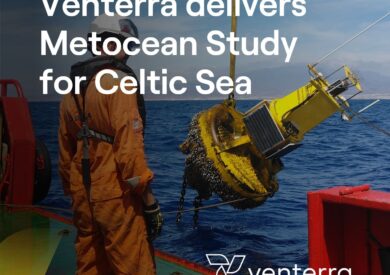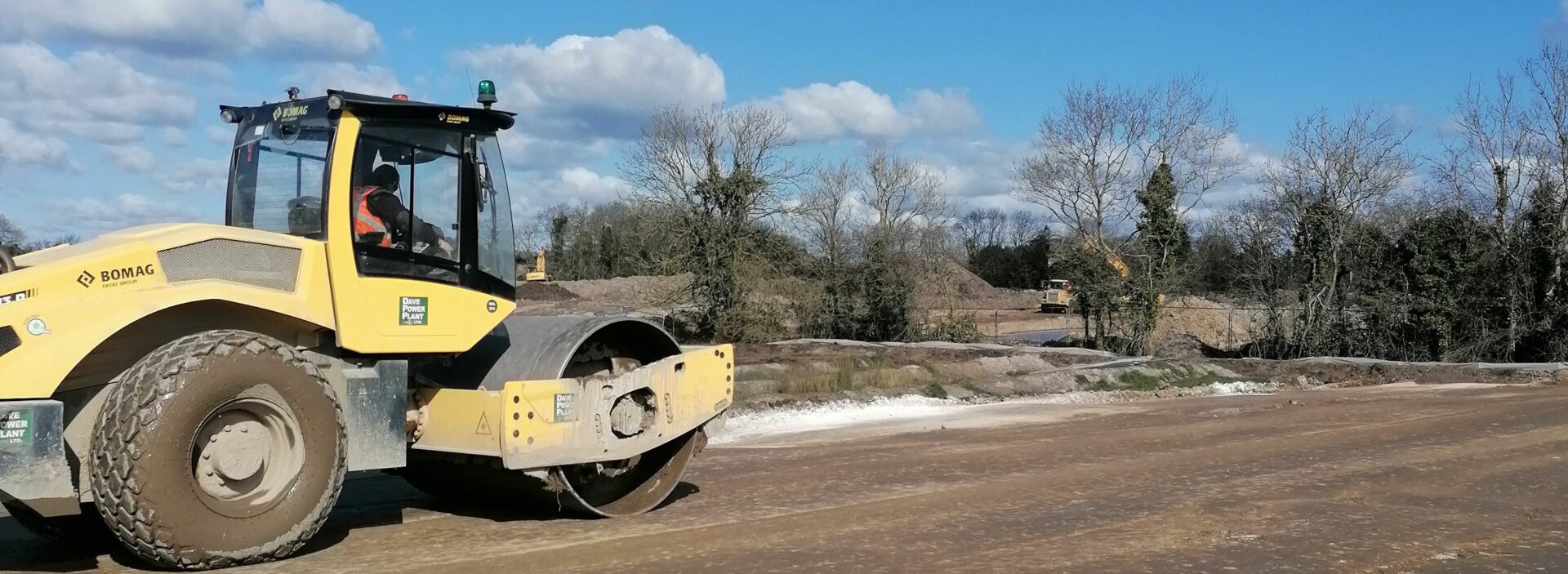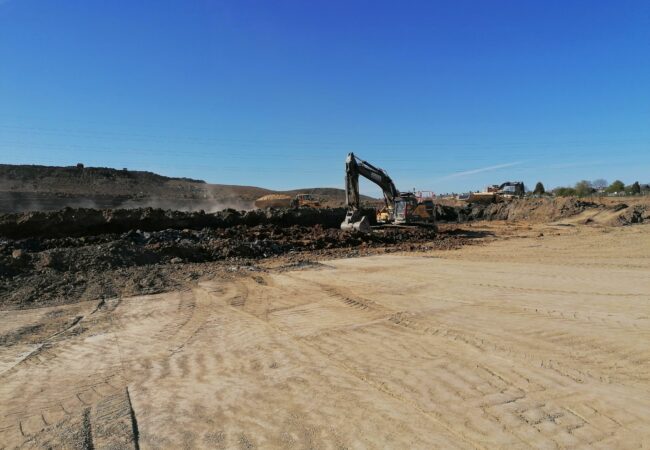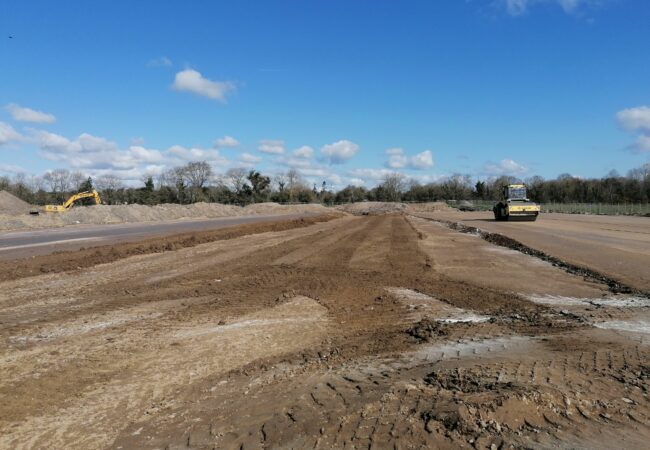
30th April 2025

Not always the focus of research or investment, nor recognised for its potential as a sustainable solution: let’s talk earthworks.
There are challenges for stabilisation to reach optimum sustainability – like finding alternative low carbon binders – but reusing materials on site has vast potential to reduce a project’s carbon footprint and increase sustainability. This can enable the reduction of imported aggregates and high embodied carbon materials, as well as less material being disposed of offsite at landfill.
Within the industry, and at GDG, we have noticed an increasing trend for requests to explore designs incorporating engineered materials for use as structural fill, potentially reducing requirements for piling or controlled modulus columns for certain projects. My experience is that, for this to be successful, effective communication between contractor, client, and engineer is key. Contractors need to buy in to the engineered fill, clients need to be willing to spend what is required on testing, and we (as engineers) need an iterative design process on the back of site trials.
It’s a part of geotechnics and sometimes seen rather as a ‘dark art’, between specialist contractor and civils – but for a successful, solution for structural fill to buildings this needs to change. The ideal world scenario puts the most sustainable and often a comparatively lower cost option ahead of construction duration.


A current barrier is that many of the tests to validate placed materials have been tailored to highways applications – and some are also out-dated. Many of their origins date back to the necessity to rapidly construct runways during WW2. The construction plant and adoption of in-situ mapping and recording technology has seen vast improvement in recent years, driven by the adoption of BIM models. I hope to see the same innovation in development of standardised laboratory testing, appropriate to assessment of the wider application of stabilisation and re-engineering of fill materials.
HS2 is driving research as we speak, in relation to stabilising and re-engineering materials. This includes Chalk and Mercia Mudstone and will provide a massive step forward once published and accessible to industry: I am excited to see progress in this area. Further research on the influence of binders on consolidation properties is needed, given the vast array of UK and Irish soil type. Better case studies and understanding of long-term behaviours of traditional and new low carbon binder types, will enable designers to push the boundaries for applications in use of these materials, create leaner designs and reduce the requirement for importation of materials to a greater number of sites.
I look forward to GDG’s continued involvement in supporting earthwork schemes that result in optimised sustainability on a wide range of schemes. Collaboratively working with specialist contractors and clients to share our knowledge in this area, as well as keeping up to speed on the latest research and developments in this field.
Author: Fiona Connor, Senior Geotechnical Engineer, GDG